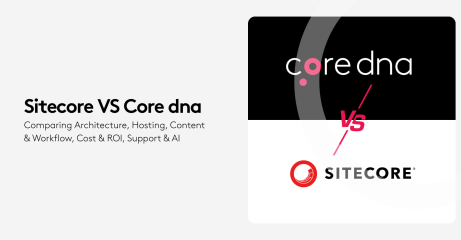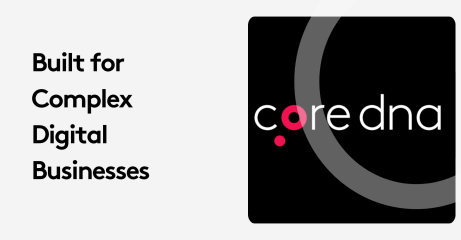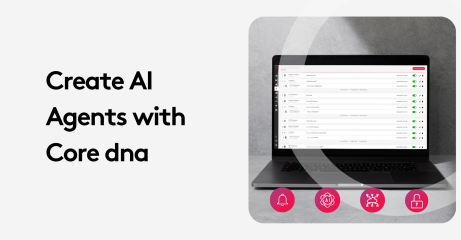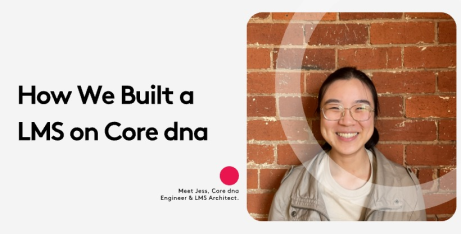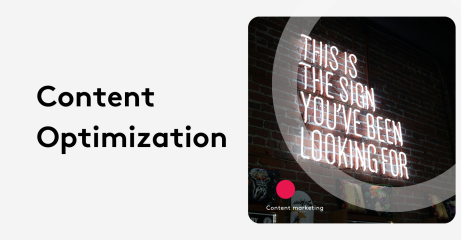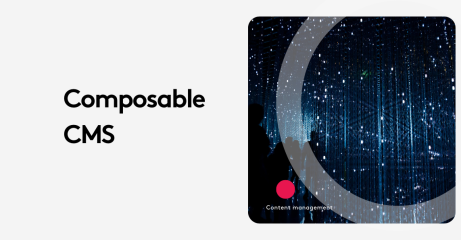Do You Know The True Cost of Managing a Website?
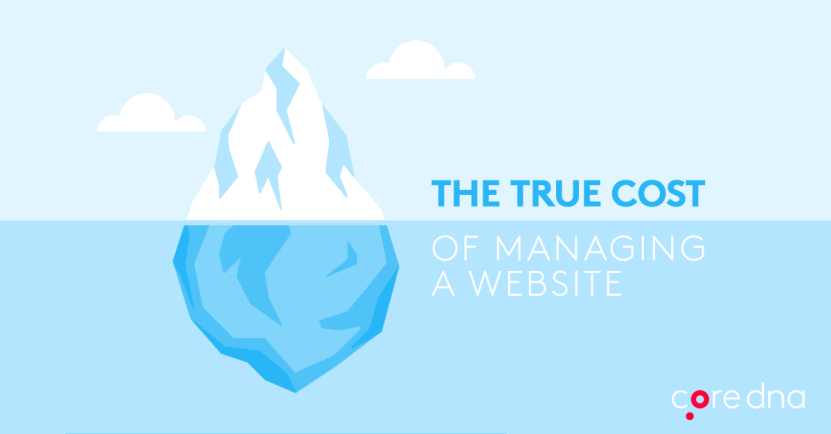
You have heard the idiom about the tip of the iceberg. But have you given a second thought to what this actually means?
Embarking on a website redevelopment is a pretty good example of the analogy. There’s a reason why a website redevelopment is in equal parts exciting and harrowing.
The possibilities and opportunities are boundless and inspiring but the costs below the water line can be complex, difficult to decipher and often hidden away from plain sight.
So how do you identify and break down the costs of building and managing your web properties?
On this page:
Understanding the basics
Your web developers or agency have sent you a proposal. Let’s begin by making sense of the costs you’re initially presented with. You will generally see one of two offers at this point, either:
- a fixed price based on an agreed scope of work, or
- an initial cost to determine scope that then leads to a later price.
Divide up categories of cost
I recently read a useful opinion piece in Computer Weekly wherein author Arif Harbott describes the true cost of technology.
“This is not just about keeping things ticking over. You have to invest in regular improvements to keep the system in good shape. This should save you money in the long run and provide a better service for your customers.”
Harbott goes further in describing the various categories of cost. I feel that this applies well to help us look behind the veil of that initial web developer’s proposal you’re considering. These provide a framework to gain a deeper understanding of the cost breakdown.
The cost categories defined
So what are these categories that determine costs to build and manage your website?
1. Value demand: These are the costs that add value to your business. For example, functionality that provides a new offering, opens up a new channel or improves the way you communicate with stakeholders. This may see usability improvements to your eCommerce engine, a customer portal or a new blog.
2. Operational costs: Once your website build is complete, these are the ongoing costs that keep things running smoothly. Generally, you’re looking at website administration, hosting, monitoring, testing, and security.
3. Failure demand: Sometimes things go wrong in life. These costs are the unplanned factors in the day to day running of a digital business. They are generally outside of your operational costs but with solid planning and maintenance in place, these costs can be minimized.
4. Avoidable costs: These are the wasted costs that with proper leadership and processes can be minimized. In many cases, these involve the organizational overhead or administration that extend project lifecycles or get in the middle of the project processes. Handoffs and governance are examples of avoidable costs.
Allocating your costs into the above categories makes it easy to measure Total Costs of Ownership (TCO) of a technology investment. Armed with this information, you can undertake a like-for-like comparison of vendors, products, and projects.
How does Traditional vs Software as a Service (SaaS) compare under this lens?
With the rise of open source, much of the narrative has focused on the free nature of the products, the flexibility and the size of the community that support these platforms. Understanding true TCO requires us to look much deeper into the costs beyond initial download.
So where are the hidden gems then?
[Hidden cost #1] Customization
You will often hear about open source infrastructure being free. Therein lies our first catch. Although software in an open source environment is often free of upfront charge, almost always, as soon as you go to customize the platform to meet your individual business needs, the cost begins to accumulate.\
[Hidden cost #2] Updates
The value of a community of software developers begins to diminish rapidly unless you’re prepared to invest in the Value Demand and Failure Demand categories of cost. These ensure that your web property remains current, up to date and with the latest features.
The dependency between your infrastructure and your software also hides considerable costs. You will need DevOps to not only keep your operating system safe from security threats but also current to ensure the performance of the software and the infrastructure.
[Hidden cost #3] Hosting and management
SaaS platforms are generally fully managed. What this means for the end client is that the development, infrastructure, and service costs are amortized across the whole installed community. The costs that come after the initial build of an open source platform are already costed into a single fixed monthly payment for SaaS. This includes all of your Value Demand costs such as upgrades, new features and maintenance. Once you become part of the SaaS community you benefit from the existing value that has been created and from future benefits that are applied.
[Hidden cost #4] Re-platforming
Most clients expect that re-platforming is a natural part of the web property lifecycle. With SaaS platforms the need to re-platform vanishes. There is no need to redevelop features when there has been an upgrade to the underlying system. This is a considerable saving when you consider the pace of change in consumers’ digital behavior and the constant need for business to innovate in kind.
Your hidden cost checklist
We’ve put together this handy checklist for you to ask next time you receive that quote for a re-platform or web build:
During Sales
1. How did you price your proposal?
2. How is change managed and costed?
3. Will the work be conducted internally or outsourced?
4. How much of the technology will be custom?
Infrastructure
5. What are the infrastructure costs?
6. Who is responsible for managing the infrastructure?
7. How is my data protected/saved?
8. Are there any additional Infrastructure costs?
9. Who do I call when something isn’t working or the website is down?
Build
10. How do we agree on the scope?
11. Who will build my web property and who will support it?
12. How experienced are you with the technology platform?
13. Do you offer warranties?
14. When does warranty end and then what?
15. Who is responsible after the warranty period?
Recurring
16. What are the general recurring costs to provide support for the platform specifically?
17. Does that cover the costs of updates and new features?
18. How long can I expect my web property to last before I need to re-platform?
19. How are significant upgrades priced?
20. Do you offer Service level agreements?



